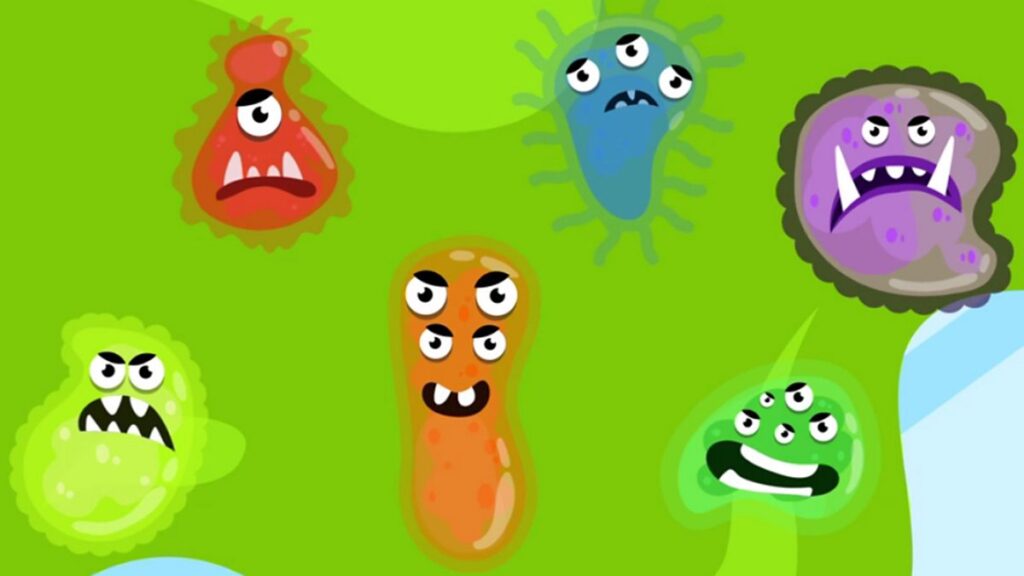General characteristics
1. Bacteria
are minute unicellular plant-like microorganisms. The length of a bacterial cell is about 1um and smaller than this in diameter. Bacteria are classified according to the shapes of their shells. Loops are spherical in shape, vacilli, elongated cylindrical forms, spiral, they can pass through natural pores of foods. Bacterial spores are seed-like and they are more resistant to most processing conditions than yeast or mold spores.
Bacteria with few exceptions, cannot grow in media as acid as those in which yeast and mold thrive. They multiply by cell division. Under favorable conditions, bacteria can double their number every 30 min. Some bacteria cannot tolerate oxygen (anaerobes) and some require oxygen for growth (aerobes). Some can grow in an atmosphere
devoid of oxygen but manage also in the air (facultative anaerobes)
2. YEAST
Yeast are unicellular plants(fungi) widely distributed In nature and they grow well in a slightly acid medium in the presence of sugar and water they are found in fruits, cereals and other food containing sugar. They are also found in soil, air, on the skins and in the intestine of animals. They are larger than bacteria. The individual cell length is about 10um and the diameter is about 1/3rd of this size. Most yeast is spherical and ellipsoidal. They have been used for centuries for leavening of bread
and to bring about fermentation of food usage they can be harmful to foods if they bring about undesired fermentation.
3. MOULDS
Molds are multicellular filamentous fungi having a fuzzy or cottony appearance Cohen they grow in foods. They are larger than yeast. They are strictly aerobes and require oxygen for growth and multiplication. They grow slowly than bacteria. Moulds frequently threw under conditions of acidity or of osmotic pressure. Those are inhibitory to most bacteria. That is why they are found on jams and jellies moulds require less free moisture for growth than yeast and bacteria the absence of bright light and presence of stagnant air favour their rapid development.
4. VIRUS
The viruses are extremely small ranging from 25-250um in size. although they share some characteristics with living organisms, they are not truly alive. They replicate inside a living cell using its host cells metabolism. There are no of ways by which viruses may be transmitted most common of this is via direct or distance contact i.e. from host to host
by touching or through a short distance in the air. Indirect transmission may occur. Also via contact with inanimate objects (formites), by the bite of certain infected insects (vector) by water and food (vehicles)
There are a variety of ways in which viruses May entre foods.
i. Primary when the food product already contains virus at the time of slaughter or harvest or
ii. Secondary when it occurs during processing, storage or distribution of food.
5. PARASITES
Ingestion of raw or semi-cooked food by humans can lead to infection by parasites. Food like pork, beef, lamb, shellfish,
vegetables act as vehicles for infection. The organism contaminated food when raw human excreta are used for crops. Infected water-poor hygiene also spread the parasite. Cooking kills most of these parasites.
